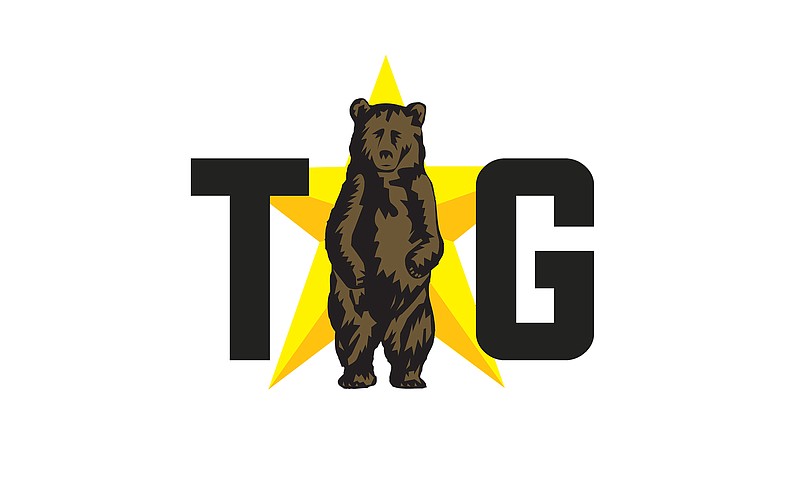As a young man in Cleveland, Charles Geschke was fascinated by the science behind letterpress printing. His father and grandfather were both photoengravers, and the family seemed to have a special talent for using copper plates to transfer images onto newspaper, book and magazine pages.
But his father urged him not to enter the printing industry, calling it "a dirty business" and telling him to "stick to the books and find something else to do."
Geschke followed that advice, up to a point. After studying for the priesthood and then earning a classics degree, he decided on a career trajectory more practical than ancient Greek and Latin. Armed with advanced degrees in math and computer science, he became a research scientist at Xerox. In 1982, he partnered with a colleague, John Warnock, to co-found Adobe Systems, a Silicon Valley start-up that they named for a creek near their homes in Los Altos, Calif.
Their first product, a computer language known as PostScript, enabled people to print documents just as they appeared on a computer screen, using any brand of printer - and brought Geschke into the industry his father had warned him against.
The technology upended mechanical printing and ushered in a desktop publishing revolution.
Geschke helped build Adobe into one of the world's largest software companies, with a current market value of about $250 billion. He served as Adobe's chief operating officer, president and co-chairman before his death April 16 at age 81, at his home in Los Altos. He had melanoma, Nan Geschke said.
Through the joint leadership of Geschke and Warnock, who served as Adobe's longtime chief executive and co-chairman, the company became known for graphic design and editing software such as Adobe Acrobat, Illustrator, InDesign, Photoshop and Premiere. In 1993, Adobe also unveiled the portable document format, or PDF, a now-ubiquitous file type that advanced its founders' vision of a paperless office, enabling people to share files electronically even if their application software or operating systems are different.
The two business partners first worked together as computer scientists at Xerox's Palo Alto Research Center (PARC), a cradle of digital innovation where they bonded in part because they both refereed soccer games and had beards, a math background and three children each.
They also shared an interest in taking technology out of the lab and into the world. When Xerox executives decided not to release Interpress, a precursor to PostScript, Geschke and Warnock decided to quit and develop a version of the computer language on their own.
"I was starting to look at my career," Geschke recalled in an interview for the national technology medal, "and thinking, God, I'm going to become old and gray doing really innovative and fun things, but they may never get out into the world. And so only I will know about them. And that's not what an engineer lives for."
Soon after starting Adobe, they got a call from Steve Jobs, the Apple co-founder and Silicon Valley upstart, who offered to buy their company. The business partners turned him down - "We weren't quite ready to be subservient to Steve," Warnock said - but worked with Jobs to incorporate PostScript into the LaserWriter, a mass-market laser printer that Apple released in 1985.
Together, the Apple hardware and Adobe software combined to form the first desktop publishing system, according to the Computer History Museum in Mountain View, Calif.
Charles Matthew Geschke, known as Chuck, was born in Cleveland on Sept. 11, 1939. His mother was a paralegal who became a homemaker after the birth of her only child.

